SpaceX Satellites Could Be Unintentionally Killing Earth’s Ozone Layer
The race to provide global internet coverage is causing unintended environmental damage. SpaceX’s Starlink satellites, when burned up in Earth’s atmosphere, leave behind aluminum oxides.
These particles are harming the ozone layer, which protects life on Earth from harmful ultraviolet radiation. Researchers are concerned about the long-term impact on our planet’s protective shield.
The Rise of Starlink Satellites
SpaceX has launched 6,000 Starlink satellites into low Earth orbit in recent years. This is part of their ambitious plan to deploy 42,000 satellites to offer global internet coverage.

Source: Wikimedia
However, this massive deployment has raised environmental concerns, particularly regarding the impact on the ozone layer.
Aluminum Oxides and Ozone Depletion
When Starlink satellites deorbit and burn up, they release aluminum oxides into the atmosphere. These particles can deplete the ozone layer by triggering destructive reactions between ozone and chlorine.
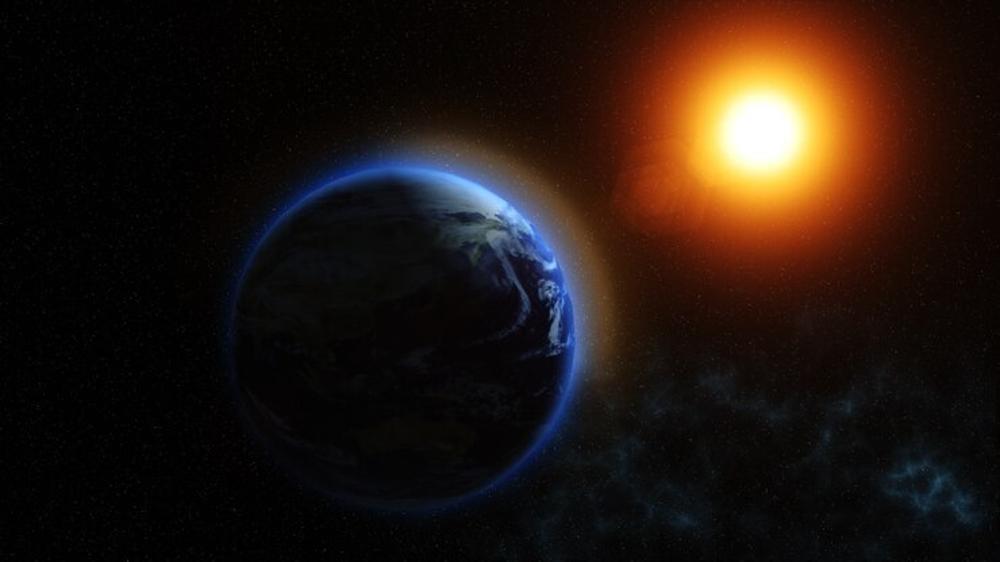
Source: Wikimedia
This process can continue for decades, causing long-term damage to our planet’s protective shield.
Study Findings on Satellite Pollution
Researchers at the University of Southern California have found that aluminum oxides from satellites have increased eight-fold between 2016 and 2022.
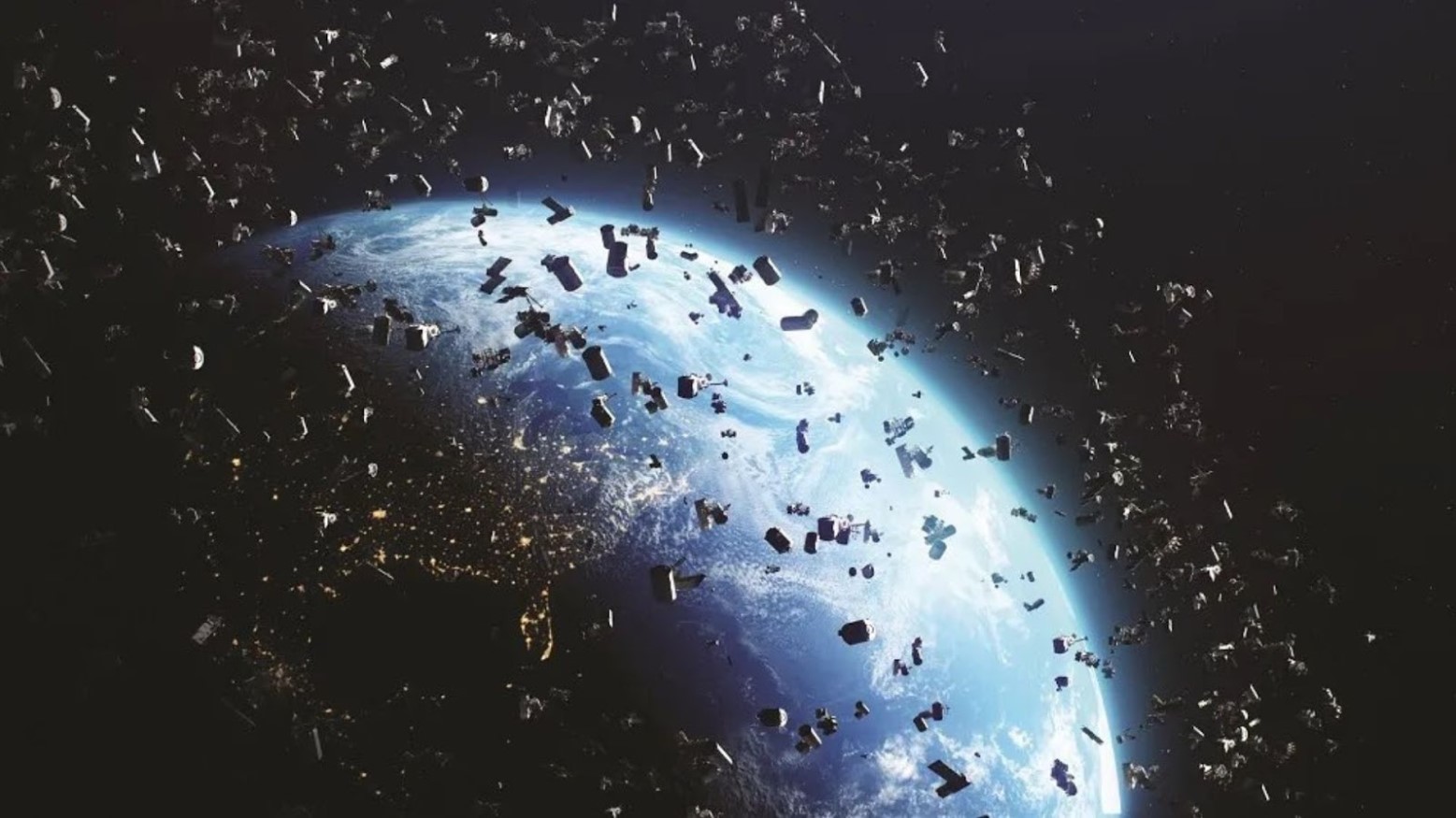
Source: @SpaceFabrics/X
Their study provides the first realistic estimate of the long-term pollution caused by satellite reentries. This new data highlights the urgent need to address this environmental issue.
The Era of Satellite Mega-Constellations
With thousands of satellites already in orbit and many more planned, we are entering the era of satellite mega-constellations.
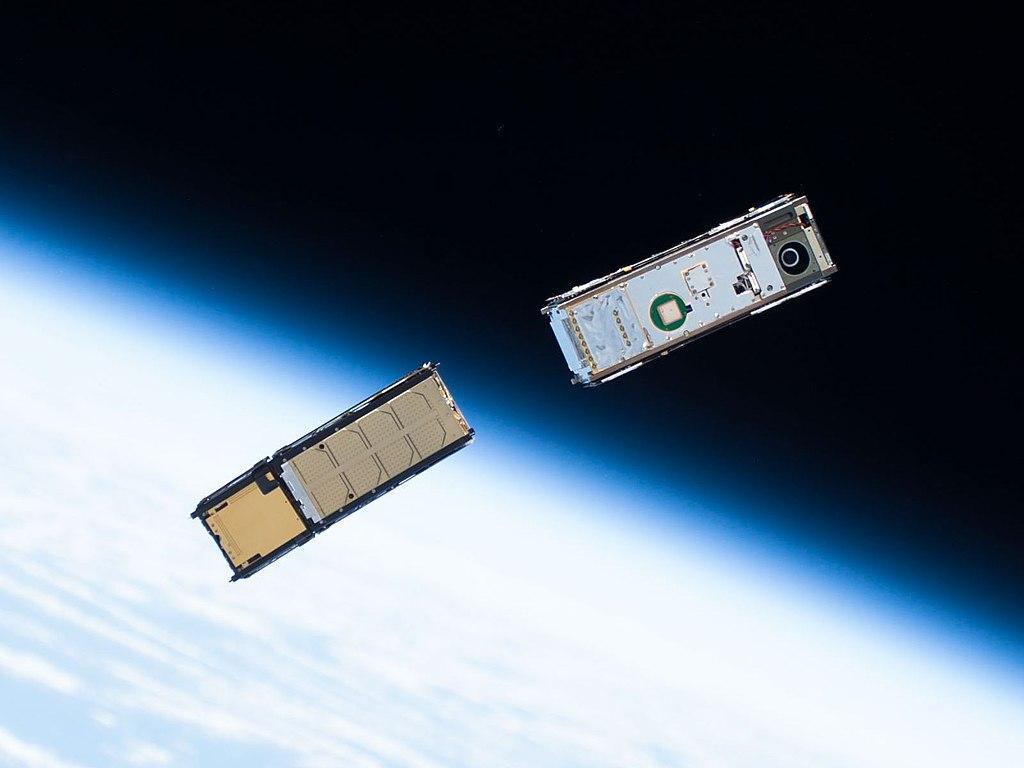
Source: Wikimedia
SpaceX is leading this charge, but other companies like Amazon are also planning large satellite networks. This rapid increase in low-Earth-orbit satellites poses significant risks to the ozone layer.
Impact on the Ozone Layer
The ozone layer acts as a natural sunscreen, protecting life on Earth from harmful UV radiation. The Environmental Protection Agency had projected near-full recovery of the ozone layer by the mid-21st century.
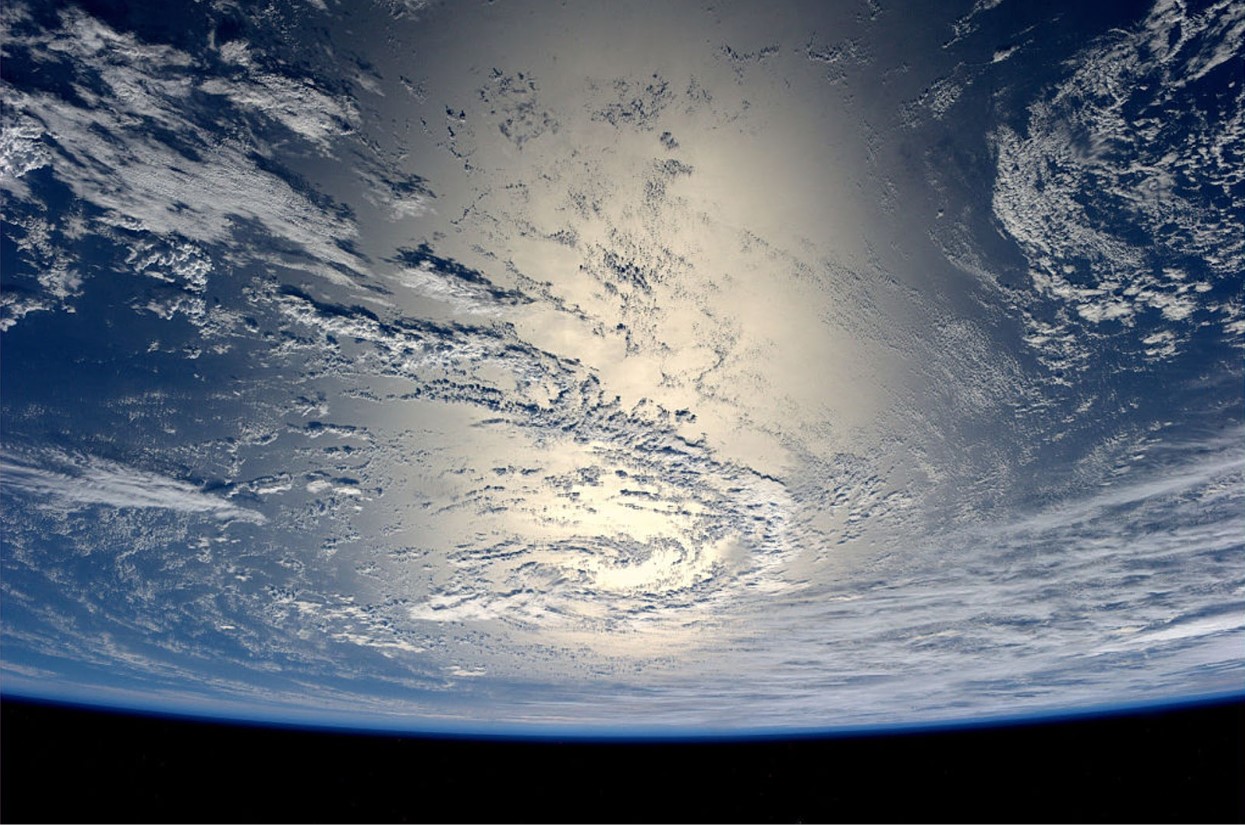
Source: Alexander Gerst/ESA/Getty Images
However, the influx of aluminum oxides from satellites could jeopardize this progress, making it a critical environmental issue.
Planned Obsolescence of Satellites
Starlink satellites have a relatively short lifespan of about five years. After this period, they burn up upon reentry, releasing harmful particles into the atmosphere.
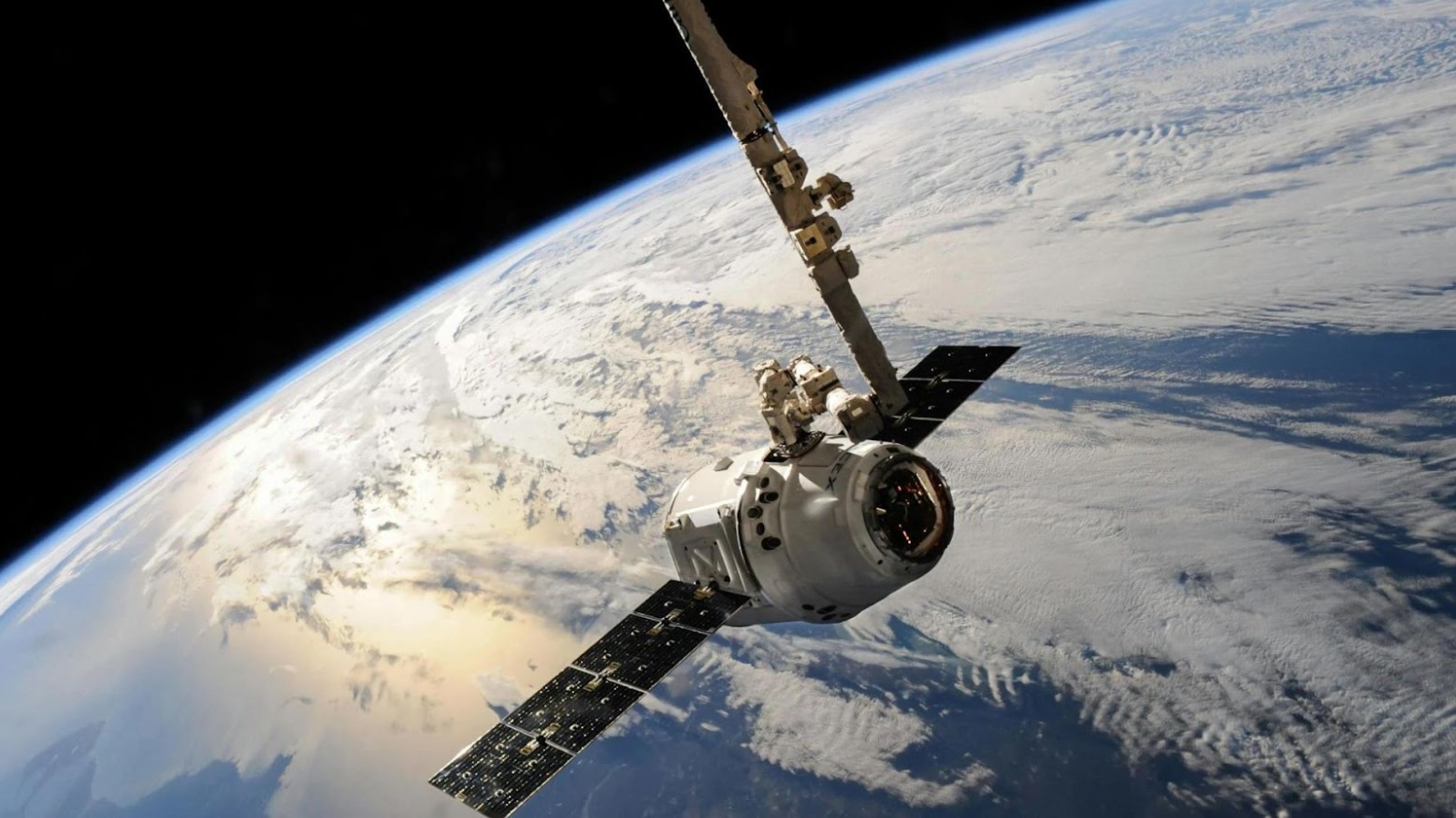
Source: SpaceX/Pexels
Researchers describe this as a cycle of “planned obsolescence,” where continuous satellite replacements lead to ongoing environmental pollution.
Rising Aluminum Levels in the Atmosphere
In 2022, reentering satellites increased atmospheric aluminum levels to more than 29 percent above natural levels.
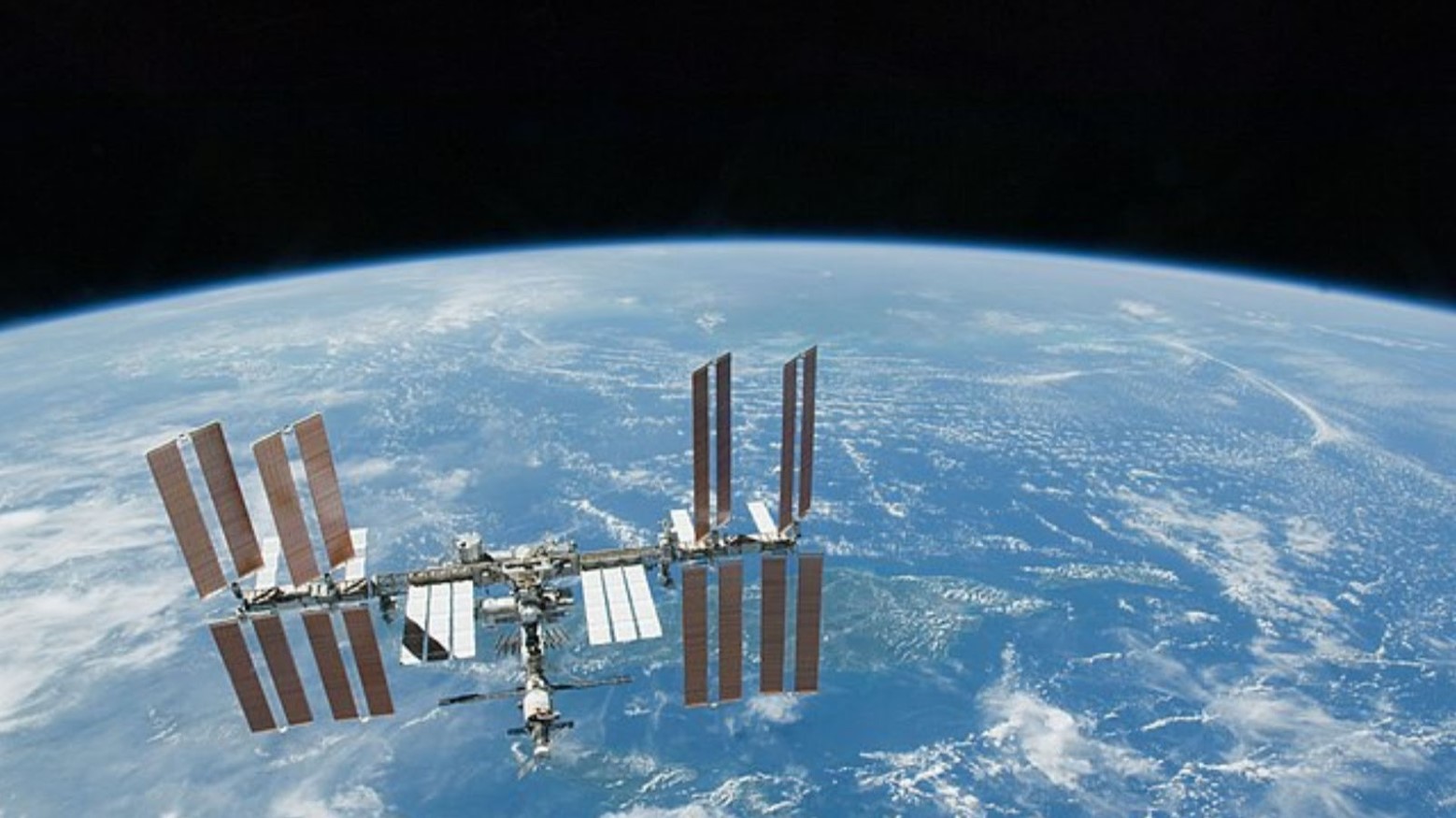
Source: NASA/Wikimedia Commons
This rate is expected to grow as more satellites are launched. By the time current satellite constellations are complete, an estimated 912 metric tons of aluminum will fall to Earth annually.
Long-Term Environmental Impact
The added aluminum oxides are projected to raise levels by 646 percent over natural levels. It would take up to 30 years for these particles to fall to stratospheric altitudes, causing prolonged environmental damage.

Astroscale/Wikimedia Commons
This highlights the need for sustainable satellite technologies and better regulatory measures.
Astronomers' Concerns
Beyond ozone depletion, astronomers are worried about satellites obstructing views of the cosmos. The proliferation of satellites could hinder astronomical observations and research.
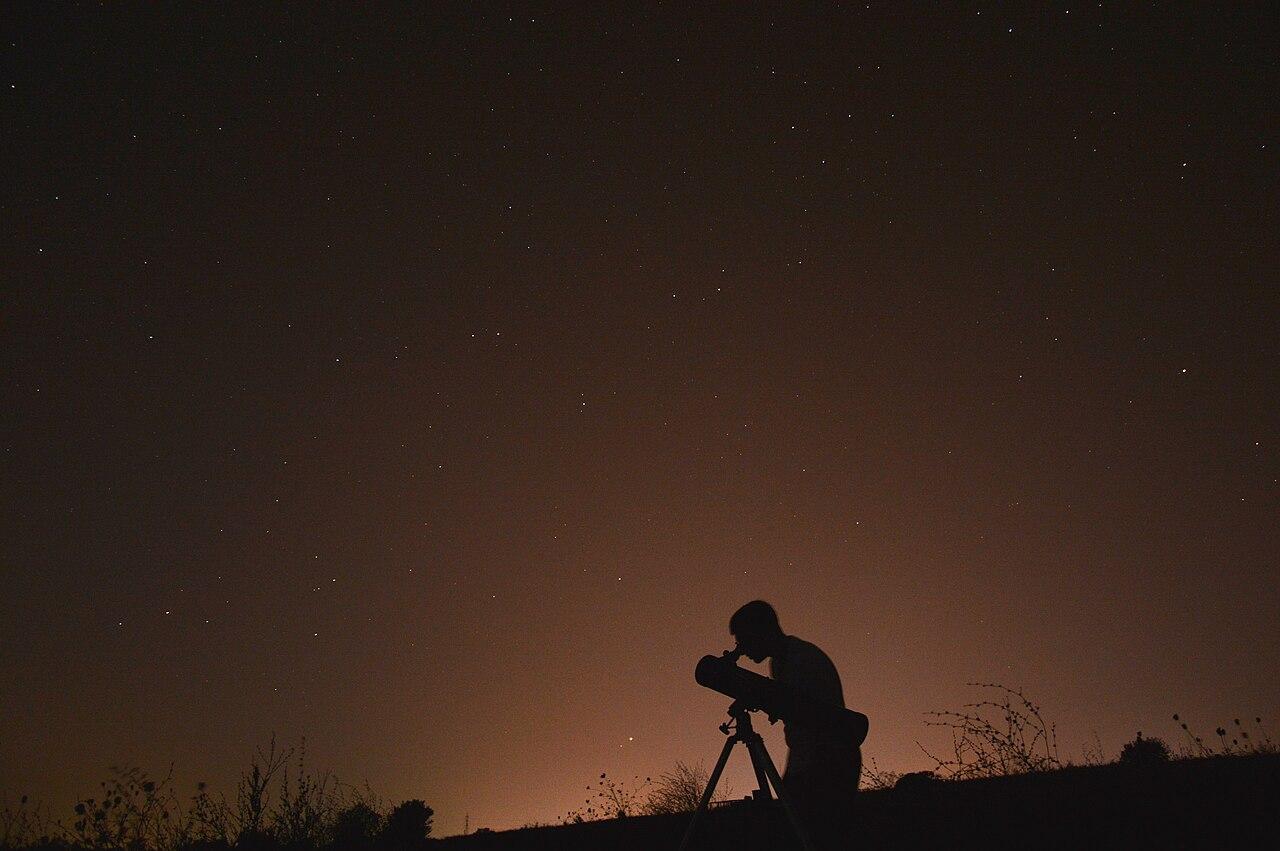
Source: Wikimedia
This adds another layer of concern to the environmental and scientific impacts of satellite mega-constellations.
Regulatory and Sustainable Solutions
Addressing these environmental concerns requires international cooperation and regulatory measures. Sustainable satellite technologies, such as materials that produce less harmful debris, are crucial.
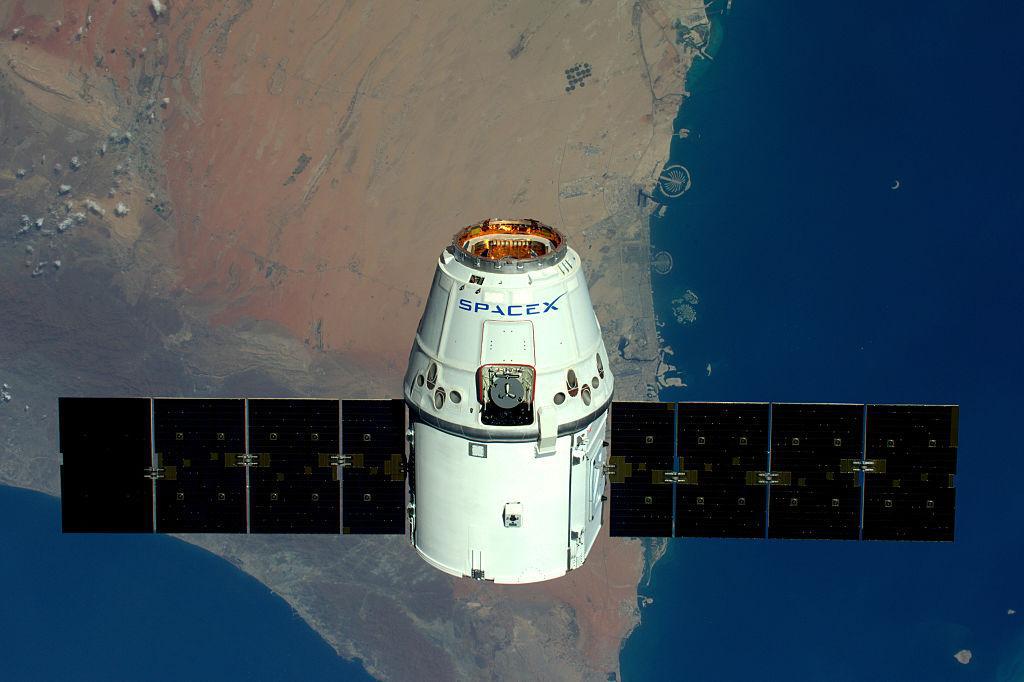
Source: Tim Peake / ESA/NASA via Getty Images
It’s essential to balance the benefits of global internet coverage with the need to protect our planet.
Future Outlook
As the demand for global internet connectivity grows, it’s important to consider the environmental costs. The aluminum oxides released by deorbiting satellites present a long-term threat to the ozone layer.

Source: Forest Katsch/Unsplash
By prioritizing sustainable practices and regulations, we can reduce these impacts and ensure a healthier future for our planet.
